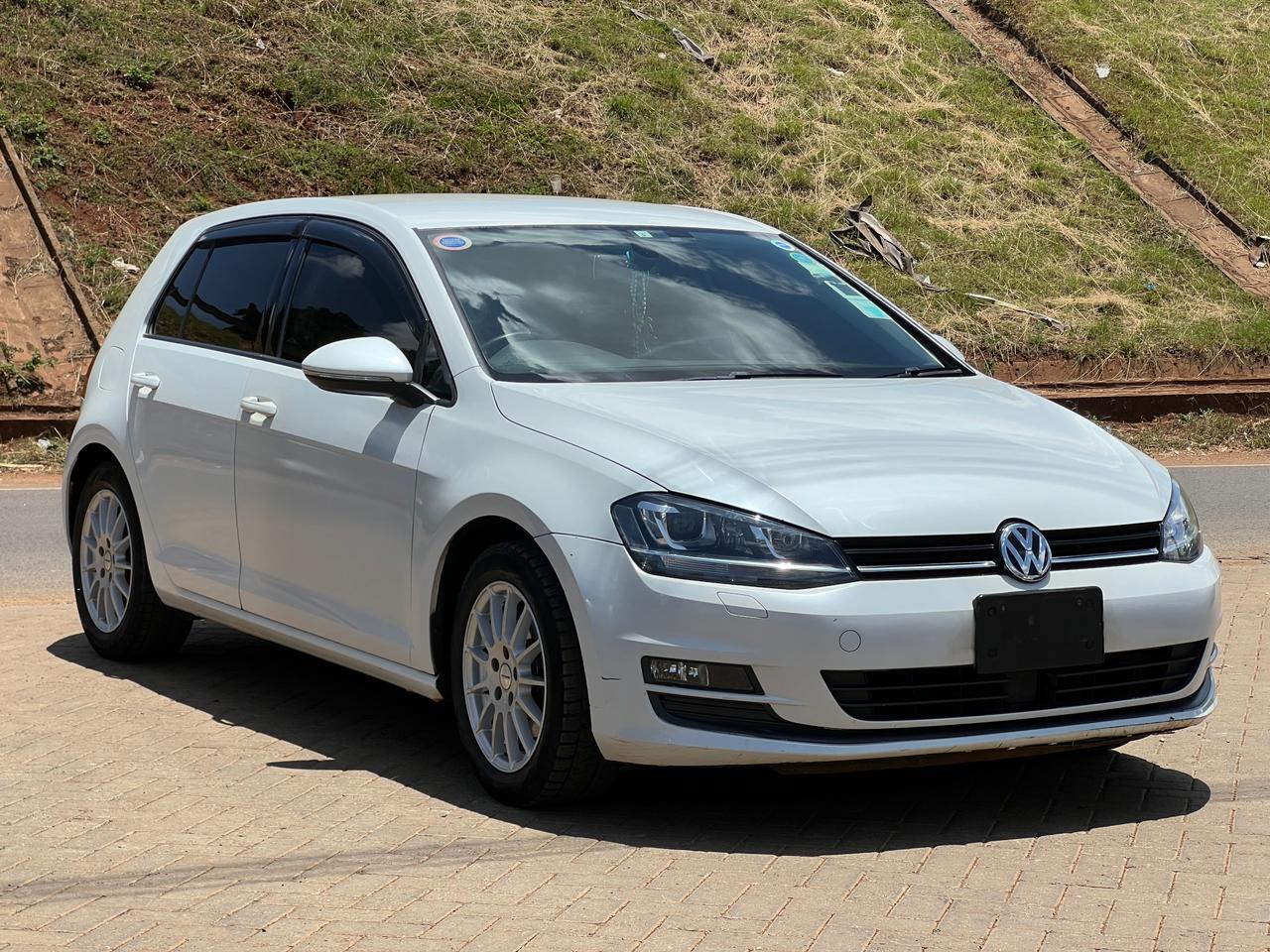Why Regular Car Maintenance Saves You Money
Why Regular Car Maintenance Saves You Money
When it comes to car ownership, one of the biggest mistakes many people make is skipping regular maintenance. Whether it’s ignoring oil changes or putting off tire rotations, neglecting basic car care might seem like a way to save money in the short term — but in reality, it often leads to costlier repairs, reduced vehicle lifespan, and poor fuel economy.
In this article, we’ll explore how routine maintenance — from engine checks to brake inspections — can actually save you money in the long run. If you want to avoid expensive breakdowns and keep your car running smoothly, this guide is for you.
1. Preventing Major Repairs
The biggest financial benefit of regular maintenance is that it helps prevent serious breakdowns.
-
Changing the oil regularly keeps your engine properly lubricated, preventing wear and overheating.
-
Checking belts and hoses ensures they don’t snap unexpectedly — which can cause engine failure.
-
Replacing worn brake pads prevents damage to rotors, which are much more expensive to fix.
A $30 oil change today could save you from a $3,000 engine rebuild later. Simple maintenance often catches problems before they become serious.
2. Better Fuel Efficiency
Cars that are properly maintained burn less fuel.
When your engine, tires, and air filters are in good shape, your car doesn’t have to work as hard to move. This means you spend less on gas every week.
-
A dirty air filter can reduce fuel efficiency by up to 10%.
-
Under-inflated tires can reduce mileage by 3% or more.
-
Old spark plugs or clogged fuel injectors can waste fuel and lower performance.
That might sound small, but over months or years, improved fuel economy can save hundreds of dollars — especially if you drive often.
3. Maintaining Resale Value
Whether you plan to sell your car in five years or trade it in tomorrow, its condition affects how much it’s worth.
-
A well-maintained car with complete service records is much more attractive to buyers.
-
Mechanics can spot signs of neglect — like worn fluids or misaligned wheels — which reduce a car’s value.
-
Simple repairs like replacing filters, flushing coolant, and keeping the body in good condition help keep your car looking and running like new.
Skipping maintenance may save you $100 today — but cost you $1,000 or more in resale value later.
4. Extending Your Car’s Lifespan
The average car today can last over 200,000 miles — if it’s taken care of.
-
Routine maintenance ensures your car ages slowly and gracefully.
-
The engine runs smoother, the transmission shifts cleaner, and parts wear more predictably.
-
You avoid "cascading failures" where one issue leads to another — for example, a small coolant leak that turns into a blown head gasket.
If your car lasts longer, you delay the need to buy a new one, saving you tens of thousands in the long run.
5. Avoiding Emergency Towing or Roadside Assistance
Breakdowns don’t just happen at home. They often happen on the road — or worse, on a long trip.
-
Overheating engines, worn-out batteries, or bald tires can leave you stranded.
-
Emergency towing services or roadside repairs are much more expensive than preventative care.
-
You may even need to rent a car or miss work — which adds to the financial cost.
Regular checkups, fluid top-offs, and scheduled inspections help keep your car reliable, reducing the chance of surprise breakdowns.
6. Lower Insurance Premiums (Sometimes)
Some insurance companies may reward well-maintained vehicles.
-
Cars with a clean maintenance history may qualify for discounts.
-
Vehicles that are safer (thanks to working brakes, lights, and tires) are statistically less likely to be in accidents.
-
A vehicle that passes emissions and safety inspections more easily can also help avoid fines or insurance penalties.
While not all insurers offer this benefit, it’s another reason to keep your car in good shape — and it could save you money every month.
7. Cheaper Inspections and Emissions Tests
If your car fails a state inspection or emissions test, you may have to pay for repairs, retesting, and even penalties.
Regular maintenance helps avoid these problems:
-
Changing air filters and spark plugs improves emissions.
-
Ensuring your check engine light is off before testing can avoid failure.
-
Regular exhaust system inspections prevent costly surprises.
A failed emissions test can lead to fines or delays in renewing your vehicle registration. Keeping up with maintenance avoids these headaches.
8. Bundled Maintenance Saves Money Too
Many dealerships or auto shops offer maintenance packages that cost less over time.
-
Buying a bundle of oil changes, tire rotations, and fluid top-offs can be cheaper than paying individually.
-
These packages often include free inspections that catch problems early.
-
Some shops offer loyalty rewards or coupons for returning customers.
By staying consistent with visits, you also build a relationship with your mechanic — making it easier to get honest advice and priority service.
9. What Should Be Done Regularly?
Here’s a basic schedule of key maintenance items that help you save money in the long run:
| Maintenance Task | How Often? |
|---|---|
| Oil Change | Every 5,000–7,500 km |
| Tire Rotation | Every 10,000–12,000 km |
| Air Filter Replacement | Every 15,000–30,000 km |
| Brake Inspection | Every 10,000–20,000 km |
| Coolant Flush | Every 2–5 years |
| Transmission Fluid | Every 50,000–100,000 km |
| Battery Check | Every 6 months |
Always check your owner’s manual for vehicle-specific recommendations.
10. Final Thoughts: Invest a Little, Save a Lot
Car maintenance isn’t just about keeping your vehicle running — it’s a smart way to protect your investment, avoid costly repairs, and enjoy safer, more efficient driving.
Think of maintenance like brushing your teeth: doing it regularly is cheap and simple, but skipping it can lead to expensive and painful consequences. Whether it’s a small oil change or a tire alignment, staying on top of your car’s health pays off in the long run.
So the next time your mechanic recommends a service, don’t see it as a cost — see it as an investment in your vehicle’s future and your wallet.





Comments